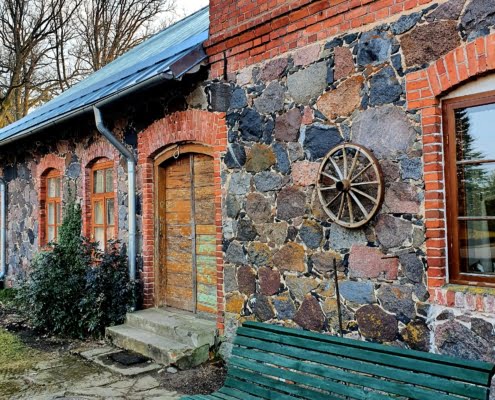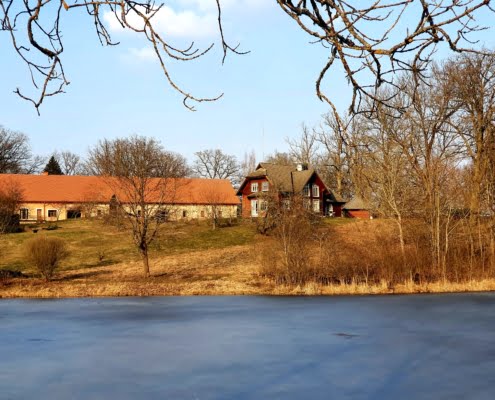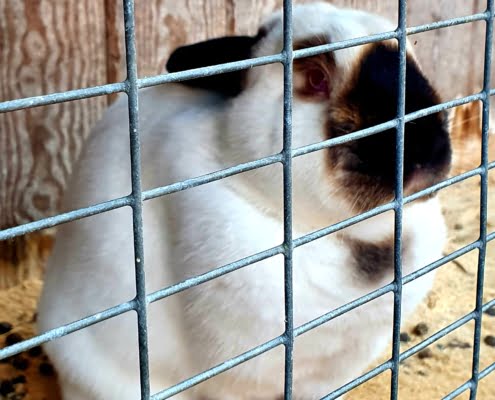 Birini Castle – spacious, full of breath of antiquity, surrounded by a picturesque park and two lakes, was built in 1860 by the von Pistolkors family and today is a prestigious venue for banquets and seminars. Near the castle, in the gardener’s house, there is a hotel that invites you to relax from the bustle of the city and enjoy the romantic surroundings. A small landscape park surrounds the castle from the stables to the hotel in the gardener’s house.
Birini Castle – spacious, full of breath of antiquity, surrounded by a picturesque park and two lakes, was built in 1860 by the von Pistolkors family and today is a prestigious venue for banquets and seminars. Near the castle, in the gardener’s house, there is a hotel that invites you to relax from the bustle of the city and enjoy the romantic surroundings. A small landscape park surrounds the castle from the stables to the hotel in the gardener’s house.
At the edge of the park is the Bird Garden, and in its very heart stands the majestic “Oak of Love”, in the branches of which the “Bluebells of Love” shimmer — gifts of the newlyweds. Through a wide stone staircase you will reach a gazebo on the lake. Many guests of Birini Castle were photographed here as a keepsake, and the newlyweds vowed each other eternal love on their wedding day! The water mill road along Lake Mill leads to ancient water mills, where a museum of antiquities snugly coexists with a small summer bar. Sipping a cocktail on the wooden terrace located above the lake, you can watch how the fish swallows every piece of the treat thrown to it. In winter we invite you to an old sleigh carousel on ice. If you submit an application in advance, a lighted fire, hot tea and a bath will be waiting for you.
Birini Castle was built by architect F.V. Hese. This is the most impressive building located in a semicircle in the architecture of Latvian castles. The general architectonic solution of the building belongs to the Neo-Gothic, however, window openings play a significant role in the overall image of the castle, which is characteristic of a semicircular style. Therefore, from the point of view of style, Birini Castle can be attributed to a peculiar combination of the two styles. He not only earned the recognition of his contemporaries, but is also considered today a model of extraordinary architectonic thinking. The building was richly decorated with sculptures, reliefs that completely disappeared during the First World War. The castle has preserved neo-Renaissance-style furnishings – a wide lobby with double-sided wooden stairs, a dining room with coffered wooden ceilings and a glazed tiled stove.













